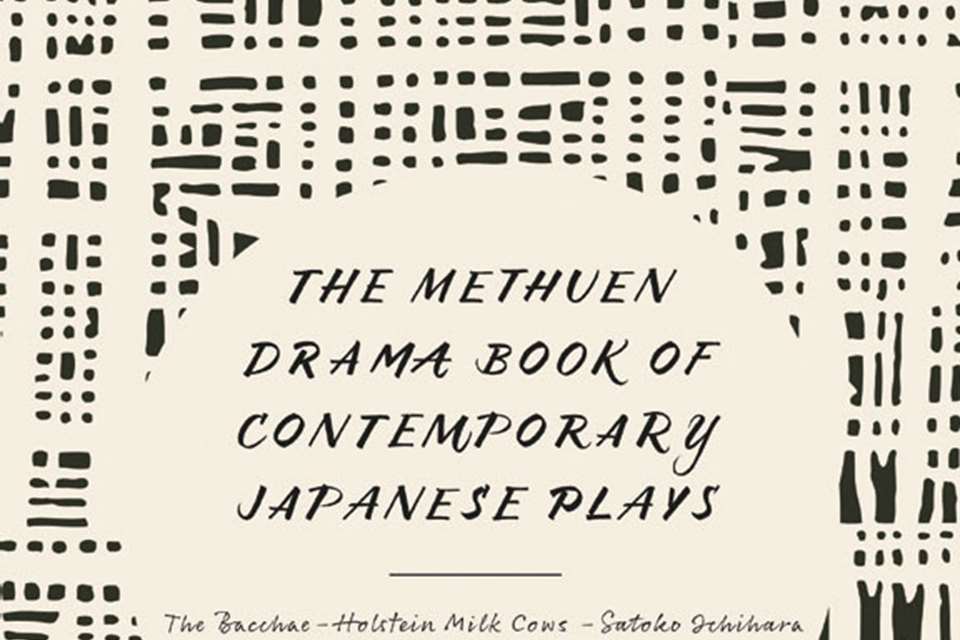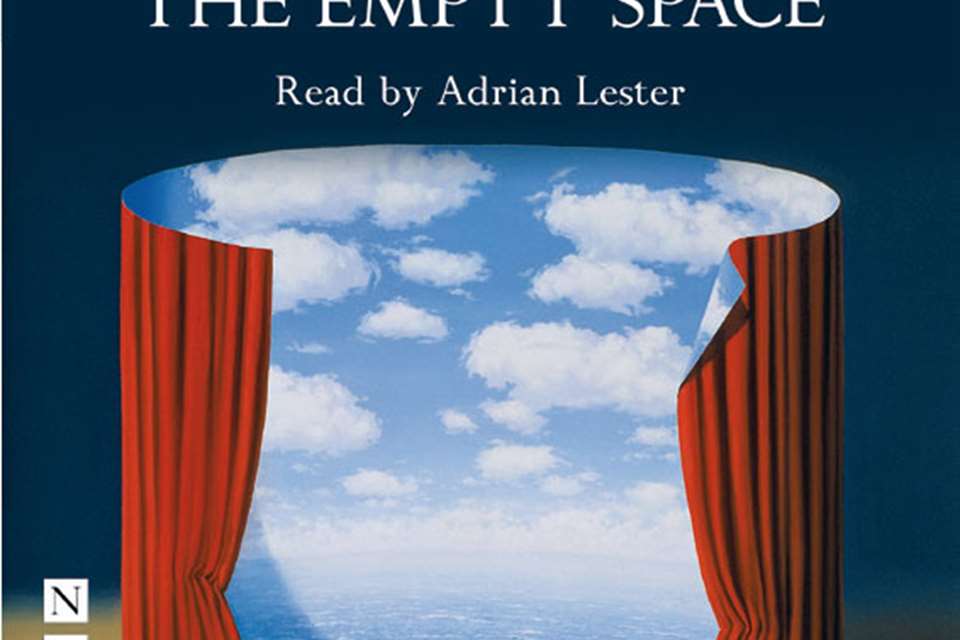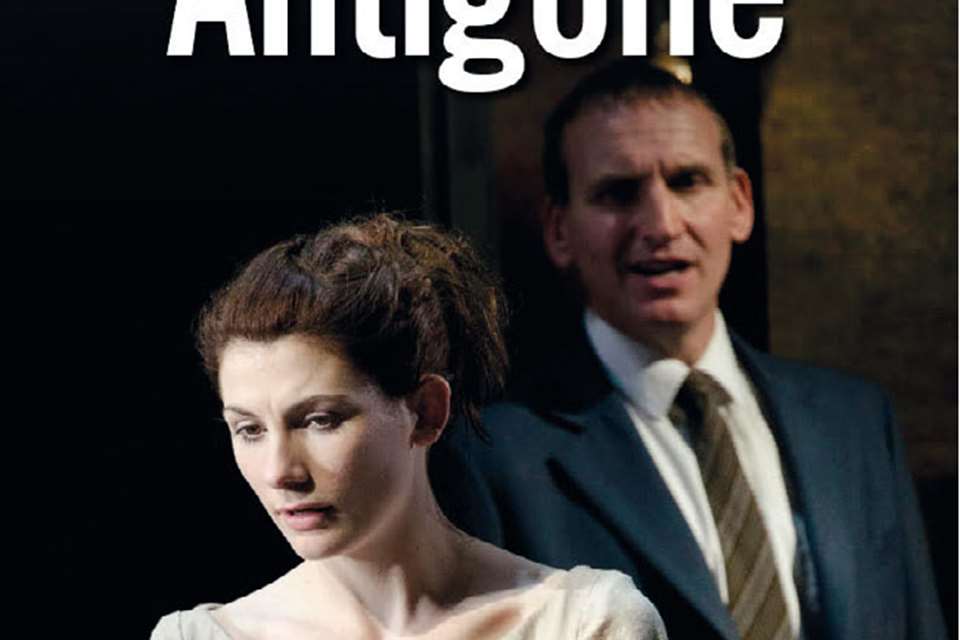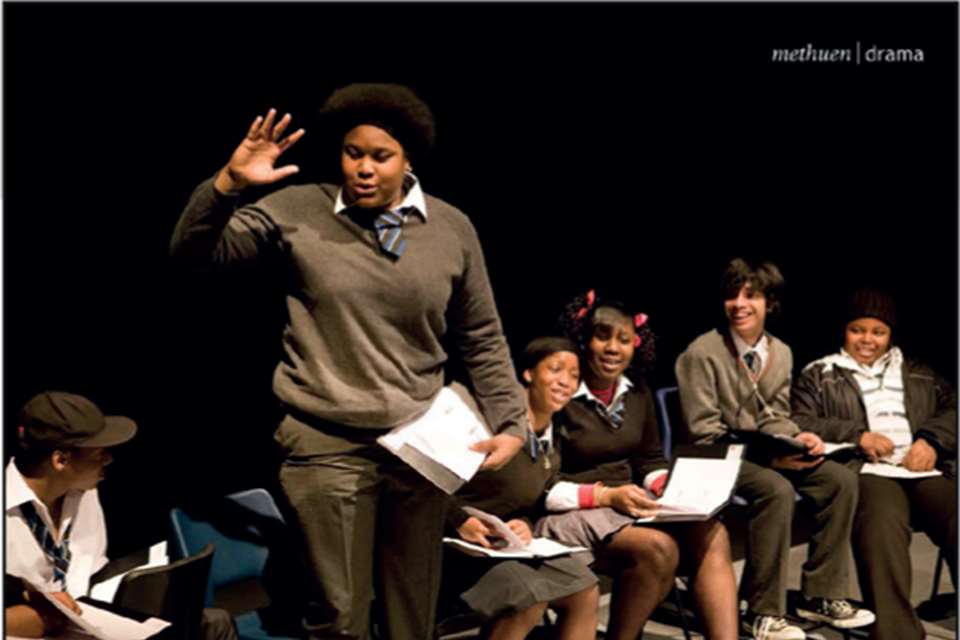Book reviews: ‘Can't believe I'm saying this to my Mum!’ Contemporary Duologues
John Johnson
Saturday, October 1, 2022
A promising choice for introducing students to duologues, but not as useful as a resource for examination material for older students
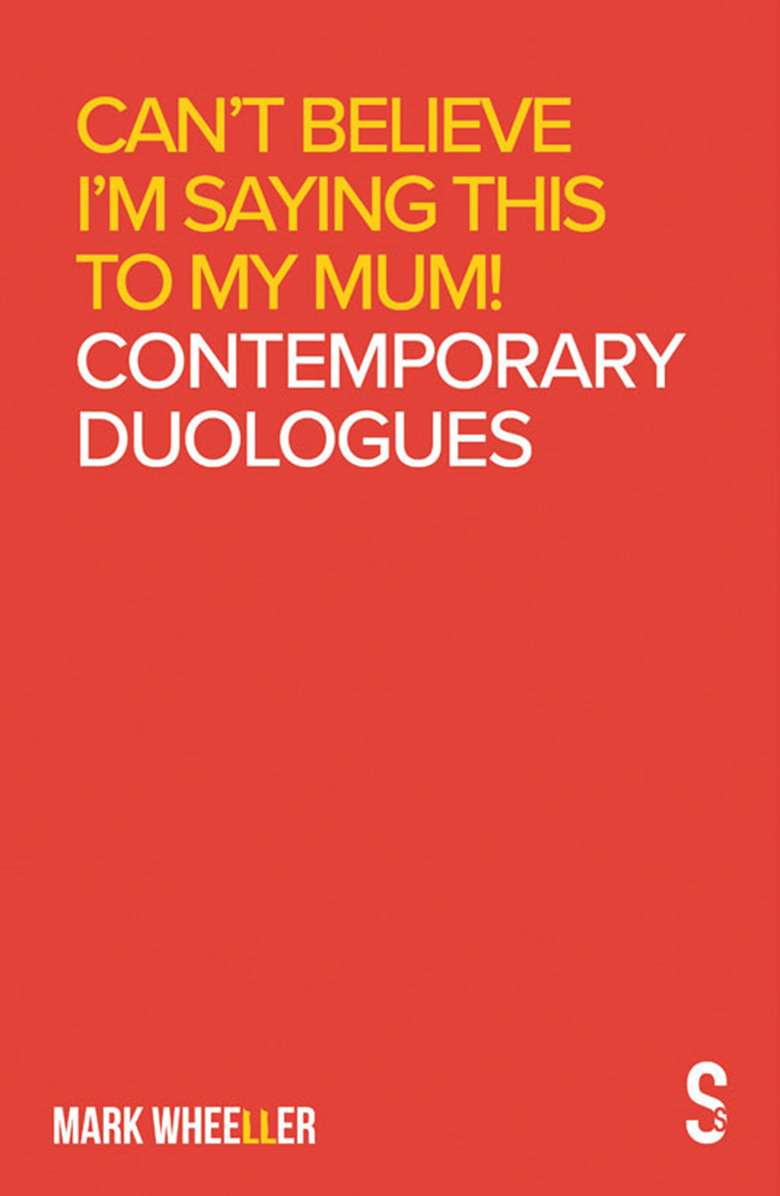
Register now to continue reading
Register to the Drama & Theatre website today and gain access to all the latest news and developments from the world of drama education. By registering you will receive:
- Free access to 4 subscriber-only articles per month
- Unlimited access to news and opinion on our website


